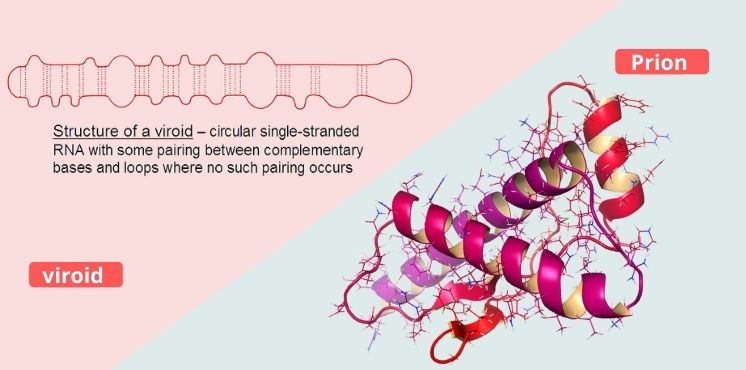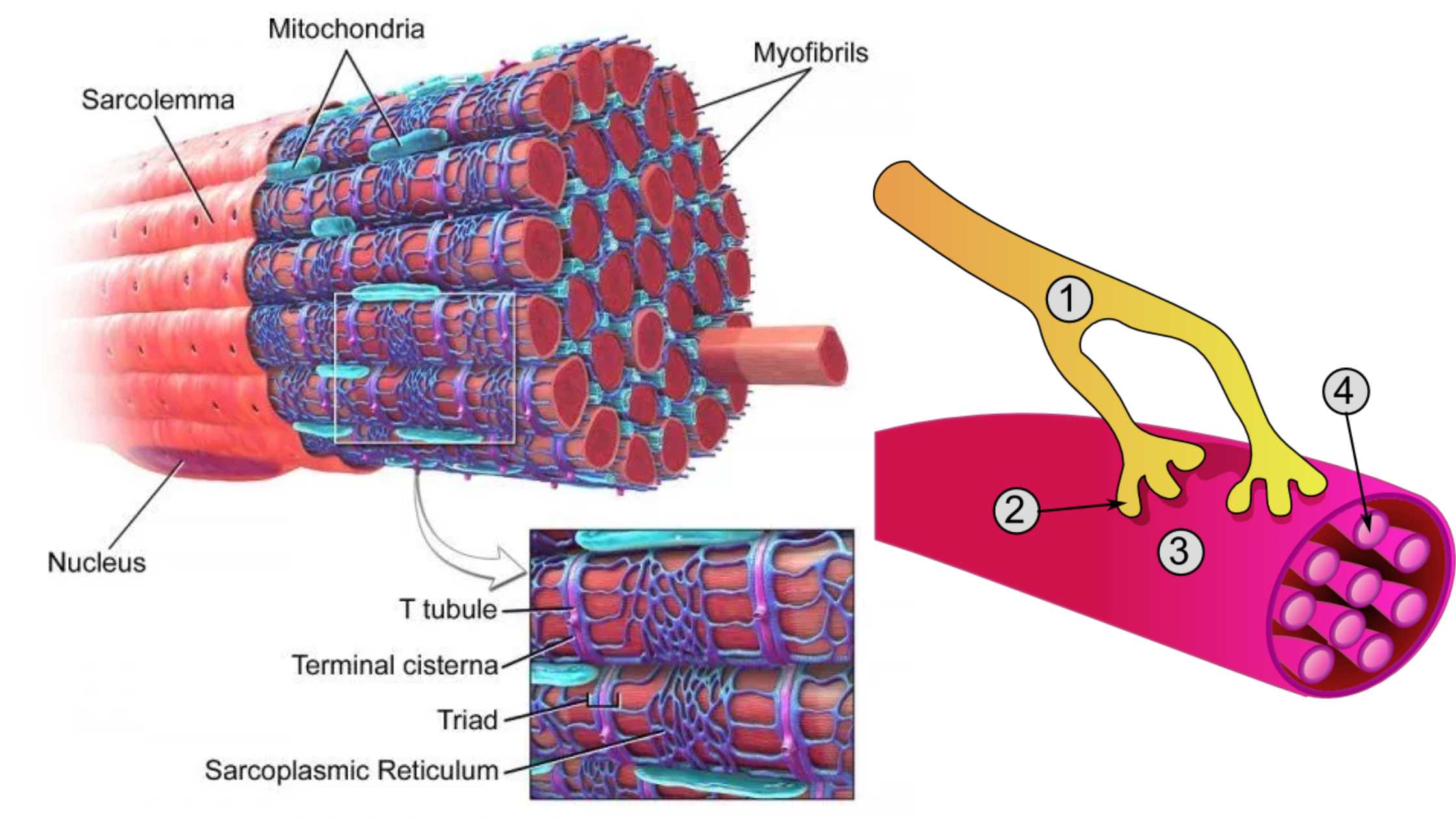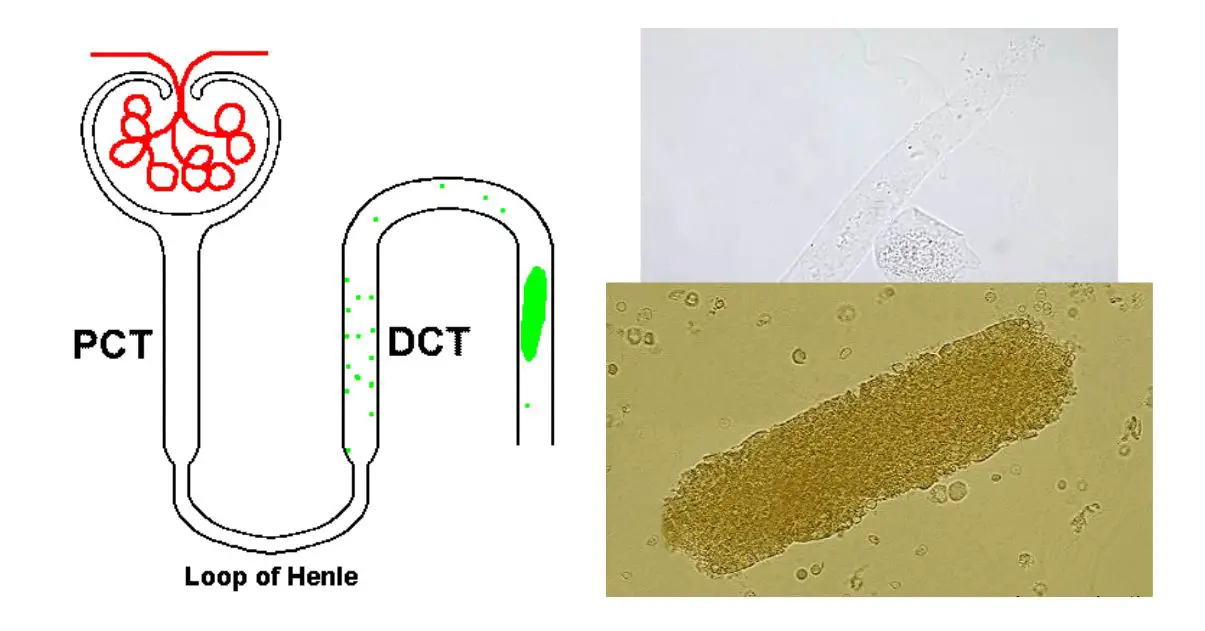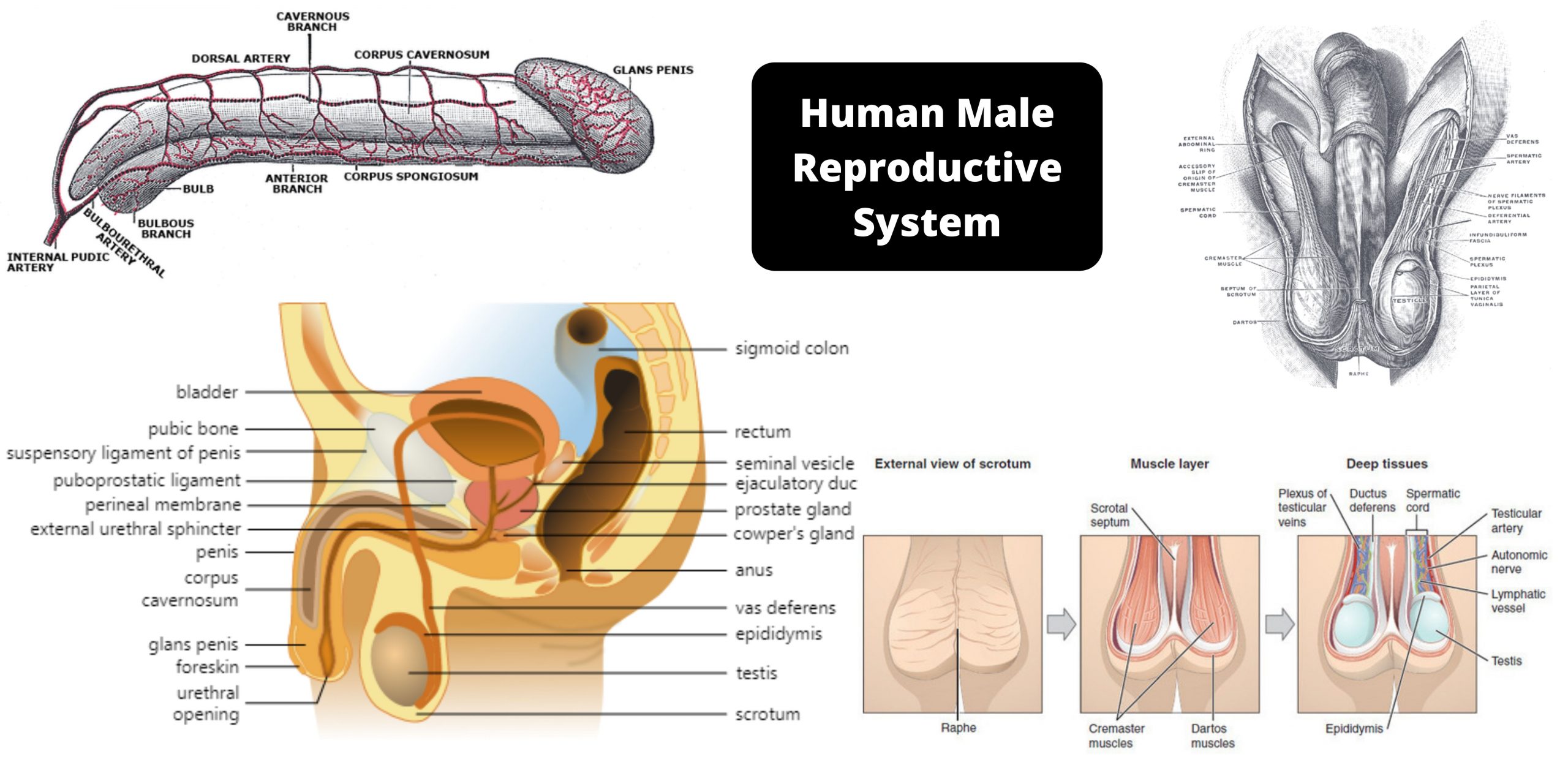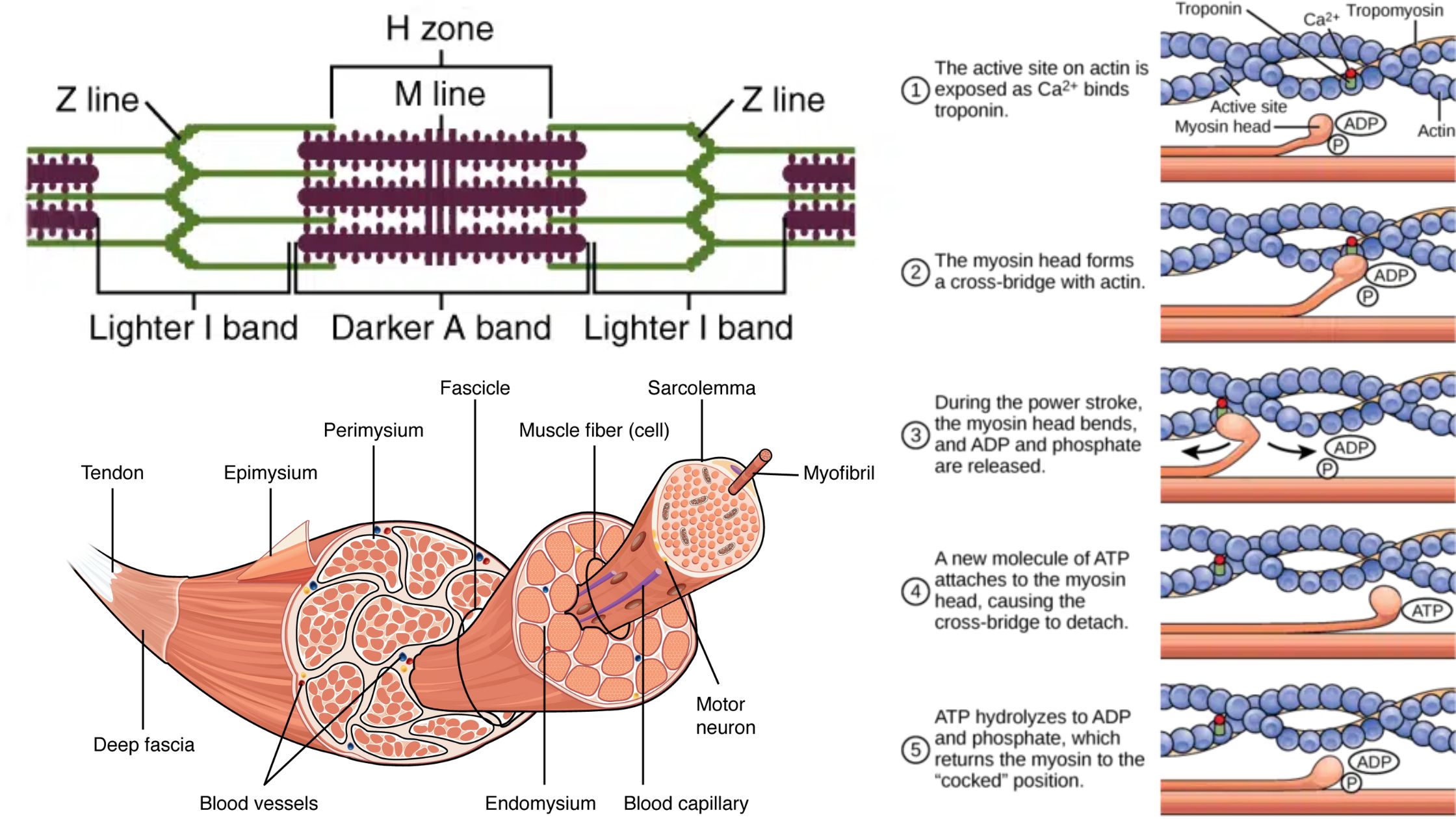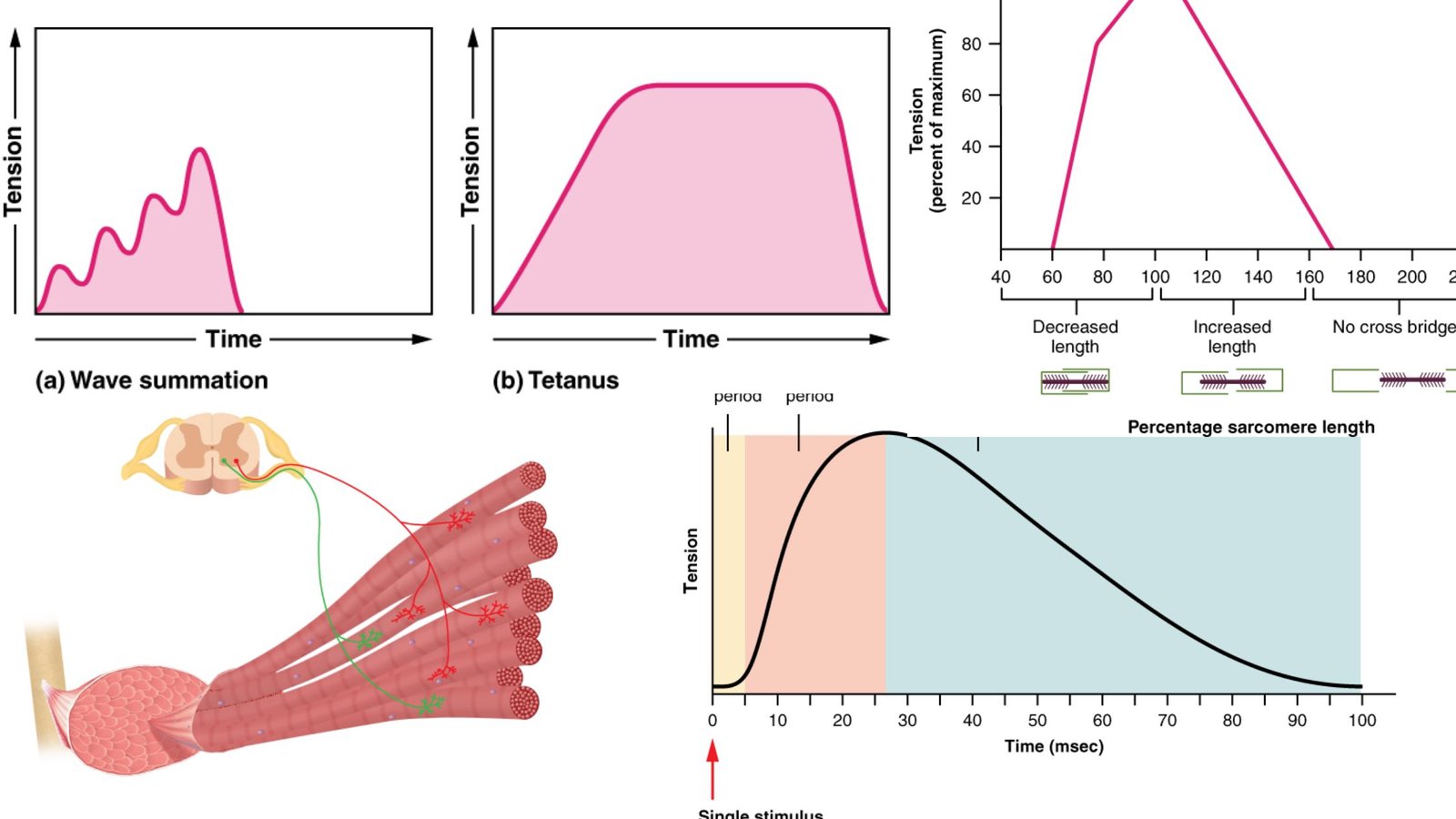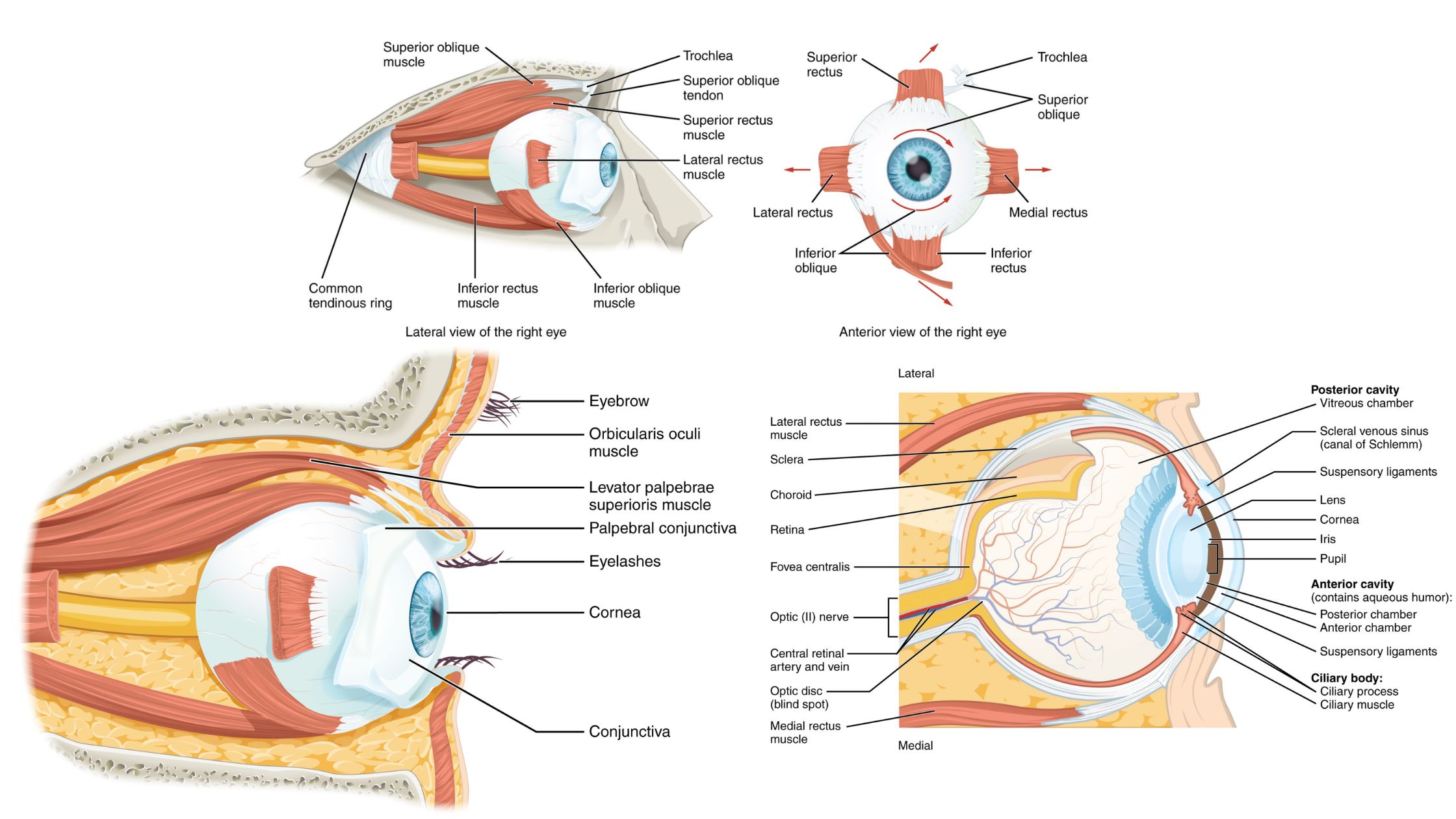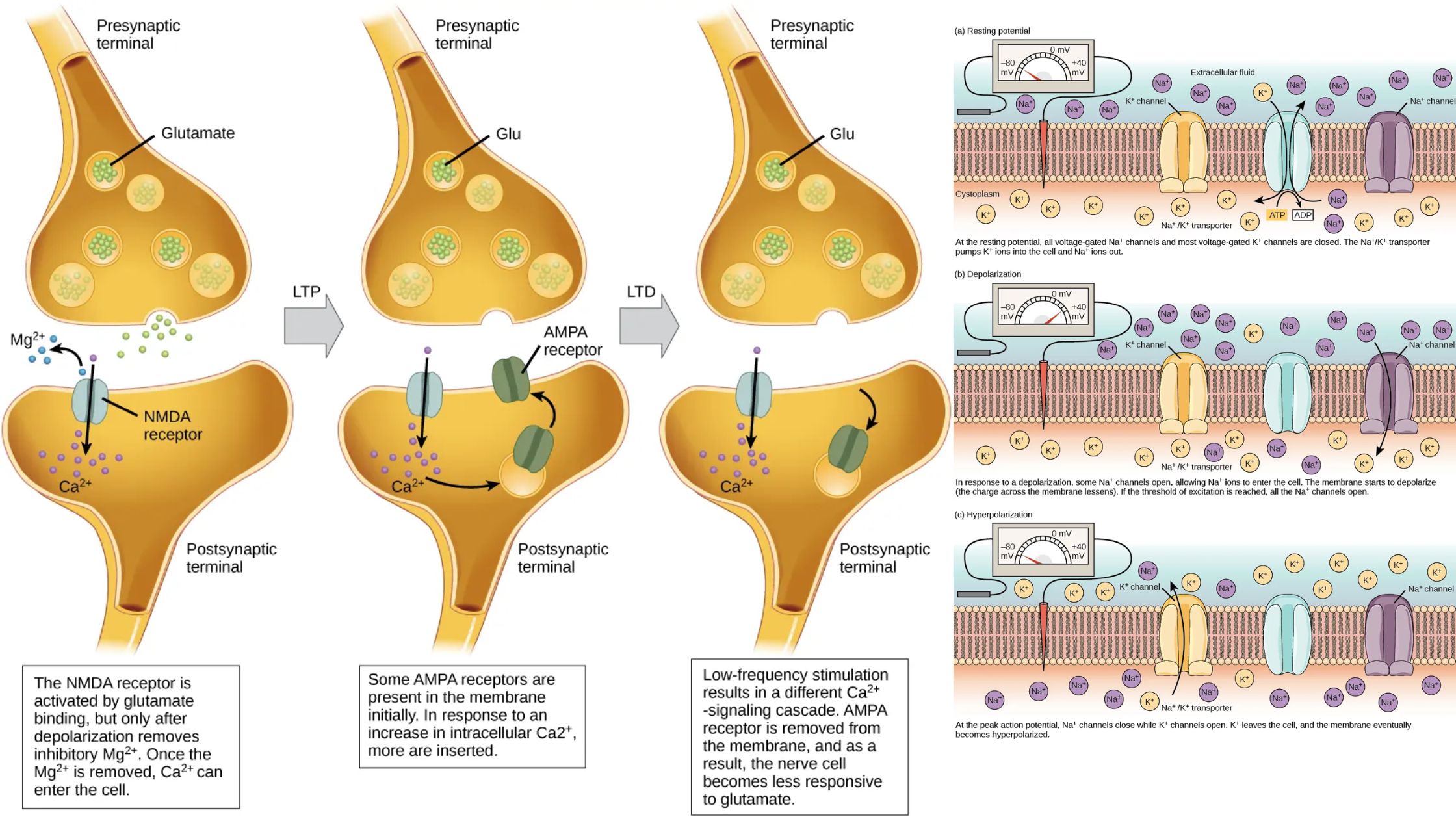Differences Between Viroids and Prions – Viroids Vs Prions
What is Viroid? Viroids represent the smallest known infectious agents affecting plants, characterized by a short (246–467 nt), circular, single-stranded RNA molecule. These entities are characterized by the absence of a protein coat or lipid envelope, categorizing them as “naked” RNA agents, which sets them apart from viruses. The RNA exhibits a robust, base-paired, rod-like … Read more
